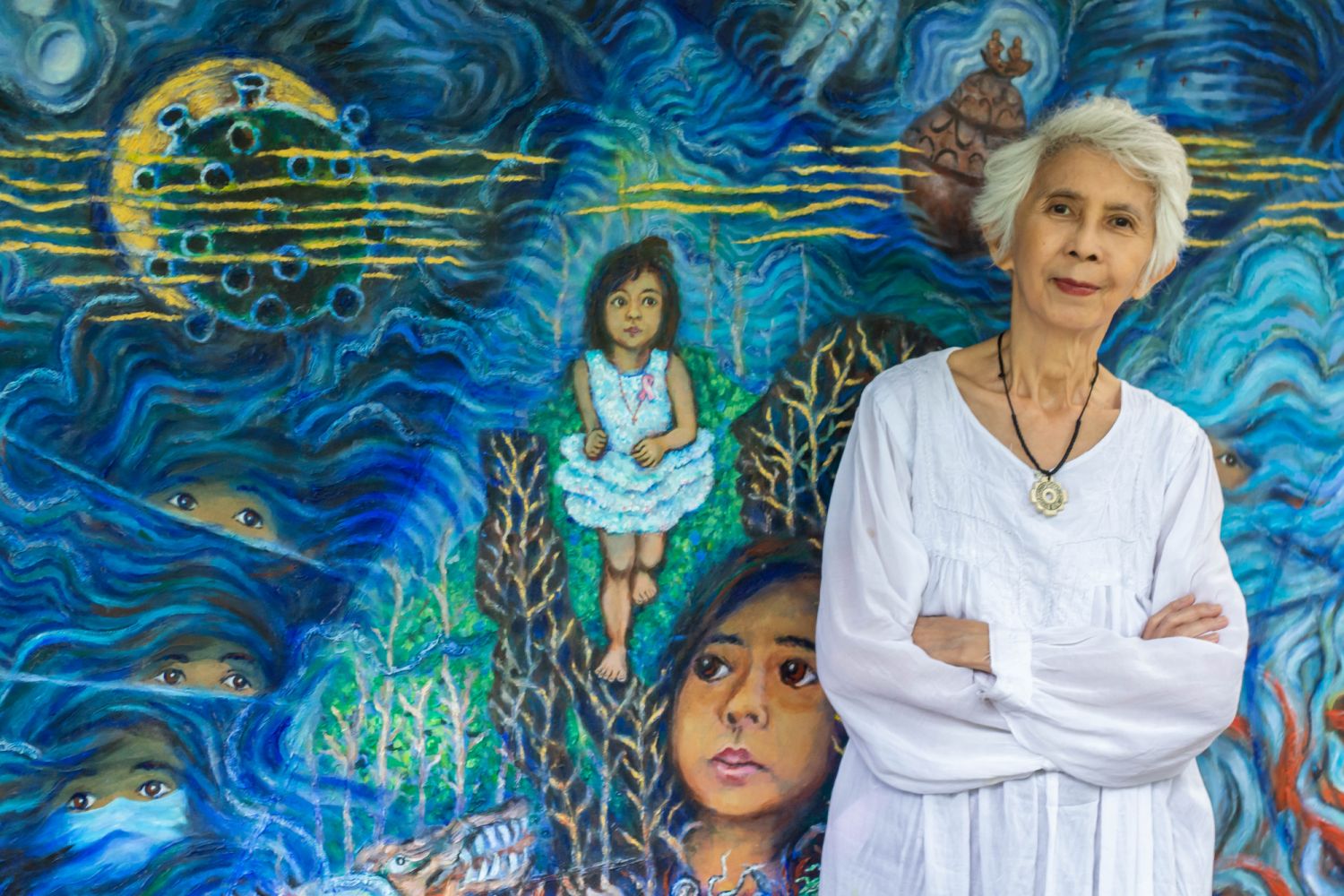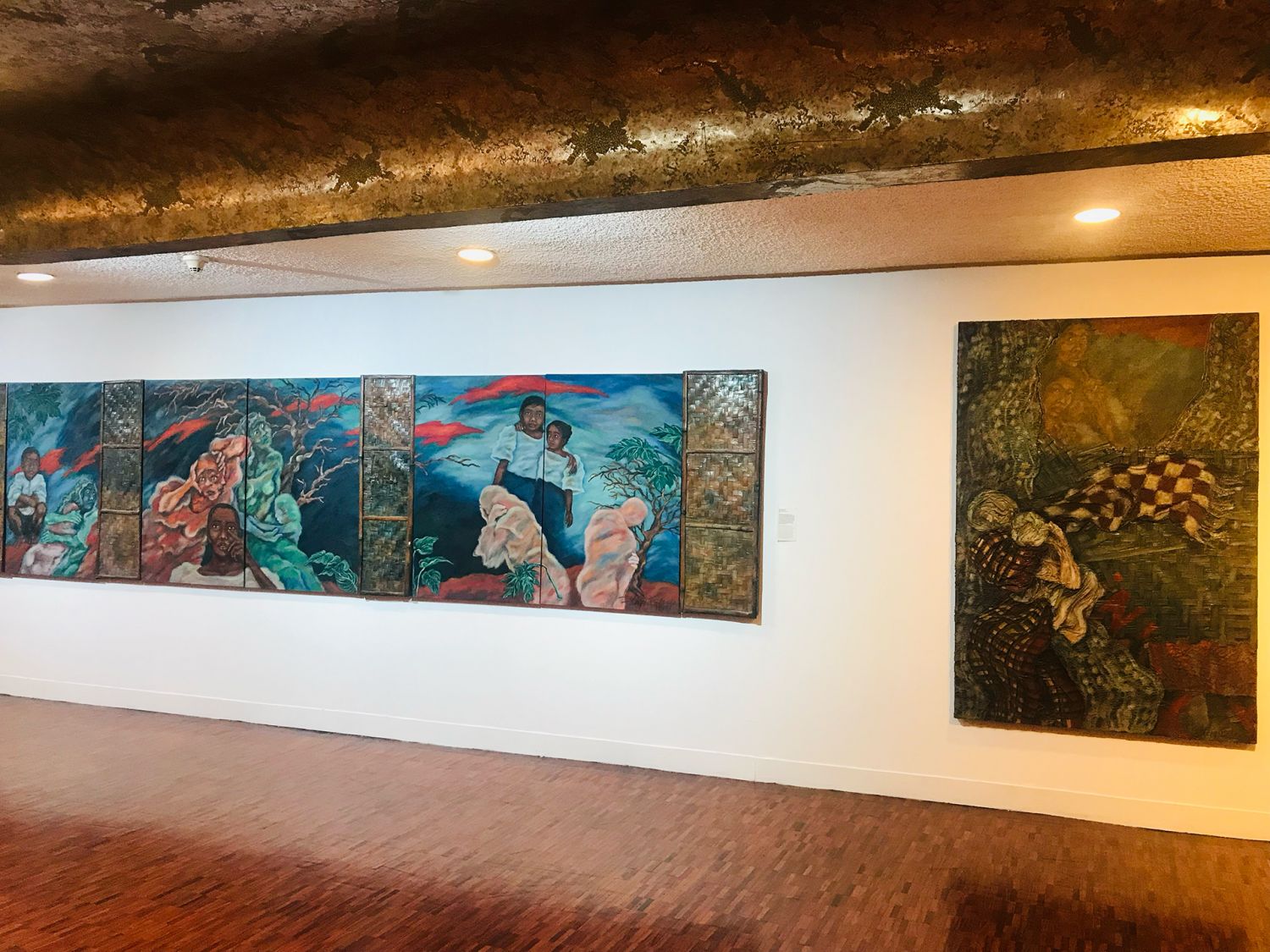The Cultural Center of the Philippines (CCP) spotlights the art, process, teachings, and legacy of Imelda Cajipe Endaya, one of the country's most prominent living artists whose oeuvre is dedicated to feminist art
Feminism in Philippine art has always been present, either apparent or subdued. We have stellar figures who struggled throughout their lives not only to make a name for themselves but to bring awareness to the plight of women and inspire their fellow Filipinas.
We have sculptor Pelagia Mendoza y Gotianquin and painter Carmen Zaragoza y Rojas during the Spanish Colonial Period who have earned awards at the quadricentennial celebration of Christopher Columbus' discovery of the Americas. Their contemporaries in the visual art scene, like Paz Paterno to name one, also raised the banner of Filipinas.
Then came Anita Magsaysay-Ho, the only female member in Victorio Edades' "Thirteen Moderns", Ofelia Gelvezon-Tequi, a pioneer in printmaking, and Nena Saguil, arguably the first Filipino woman abstractionist painter, all made waves internationally and inspired women of the mid-20th century to take up their paintbrushes, chisels, and what not to conquer the male-dominated art scene.

But with the '60s and '70s, marked by the sexual revolution from the West, the awakening of many nations towards democracy and upholding human rights in spite of tyrannical governments and fundamentalist beliefs, there sparked a new chapter for feminism and social realism in Philippine art. The emergence of people's art, social realist style, feminist art, and student activism, came forth in the Philippines at a time when social unrest is everywhere, separatist movements were growing, and the regime of the late President Ferdinand Marcos Sr was worsening. Amidst confusion and strife, artists sought to defy the basic concepts of art, particularly Western aesthetics, and pursue what is truly Filipino. Hence, many artists explored indigenous and folk art, having works that are for the masses, aiding the nation's quest for national identity.
One artist who rose to prominence from this mission of reshaping our lens of feminism in Philippine art is Imelda Cajipe Endaya, founding president of the women's artist collective, KASIBULAN. Through her and her kindred spirits in the art scene, these foremost visual artists, writers, researchers, printmakers, theatre practitioners, and other kinds of cultural workers, helped in shaping our own Filipino understanding of feminism and social realism.













